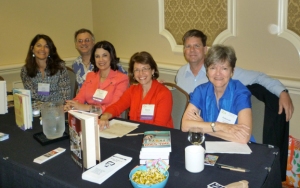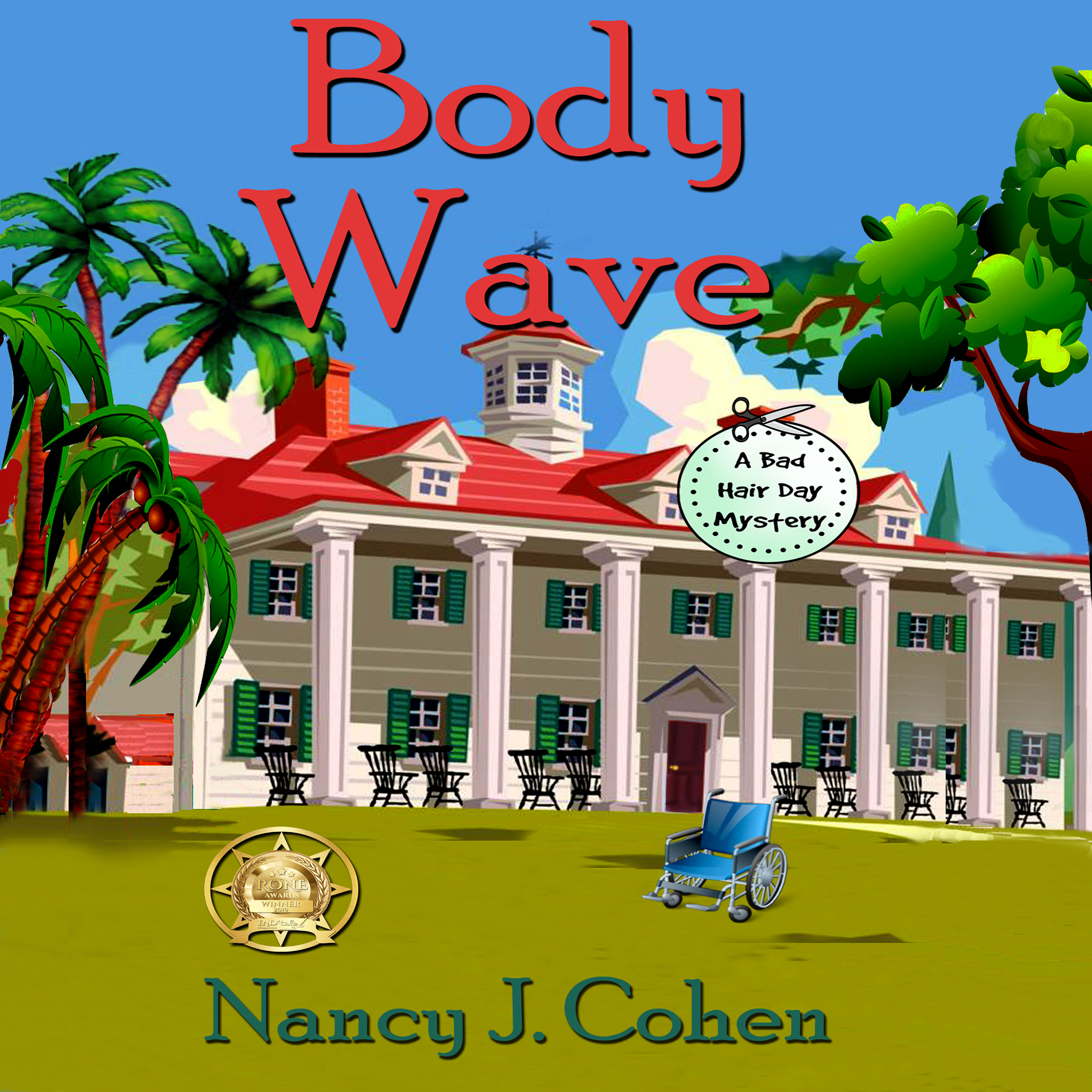Setting the Scene
Have you ever written your characters into a hole? I did this recently and had to pause in my writing schedule to figure out a way to salvage the situation. Jennifer and Paz, the only passengers on a private jet in my story, are attacked midair by the villains who set off an electromagnetic pulse grenade. The blast disables the plane’s electronics and the aircraft plummets toward Earth. The pilots have been shot, and Paz is supposed to save the day.
Since he has knowledge of advanced technology, I figured he’d use Jen’s diamond earrings for their inherent crystal properties and power the airplane.
Problem #1: When I researched diamonds, I read they can conduct electricity but they do not produce it (correct me if I’m wrong here). If anything, it might be quartz that has more undiscovered properties.
Problem #2: Even if he finds a power source, isn’t the wiring on the aircraft fried from the EM pulse? (Research topic: non-nuclear electromagnetic pulse weapons)
Problem #3: In the opening chapter, he shows up naked. O-kay, you’ll have to read the story to learn the particulars, but this means he has no futuristic gizmos on his person to help him out.
Solution #1: Allow him to keep his personal comm unit that looks like a wrist watch in chapter one even if his clothes have been ripped off by….sorry, spoiler alert. That info is classified for now. Anyway, he uses the comm unit as a power source and the diamonds as a wireless transmitter to power the engines.
Problem #4: Hero successfully lands aircraft. (Research source: Star Trek: The Starfleet Survival Guide). But where do they land? (Research topic: The Pacific Ring of Fire and the Izu Islands)
Problem #5: The villain has a fortress complex on this island. Is it Mediterranean in style? That’s illogical since we’re in Asian territory. Have the villains brought in native materials from their homeland and built it from scratch? Or maybe they took over an estate from a previous occupant.
I recall a couple of James Bond films with confrontations on islands. (Research James Bond). These are The Man with the Golden Gun and You Only Live Twice. Or maybe the estate should be Japanese since our heroes originated their journey in Tokyo. (Research topic: Asian castle fortress estates). I discover Himeji Castle. (Research: Construction, Maps, Interiors). Very cool place. 
Yes! I can land my people, describe the island, get them inside the villain’s lair. Next up: They hitch a ride on a Chinese junk to escape the island. Uh oh, more research required. And although I can now have my hero land the airplane, I’d better look up what the basic controls on a private jet are called. A visit to http://science.howstuffworks.com/ is on order plus a look at the reference books on my office shelves.
As you have gathered by now, I research as I go along. I just do enough to be able to formulate my synopsis but the details wait for the scene itself. Then I have to stop, study the materials I’ve collected, visualize the setting, and write.
Oh, and this is for a paranormal romance, so don’t ever say we fiction writers make everything up. I just might have to challenge you to a duel.
So please tell us, what do YOU do when you’ve written your characters into a hole?





































